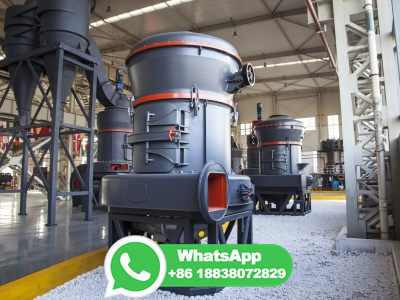Carbon mineralization pathways for carbon capture, storage and ...
Carbon mineralization is a versatile and thermodynamically downhill process that can be harnessed for capturing, storing, and utilizing CO2 to synthesize products with enhanced properties. Here ...
































